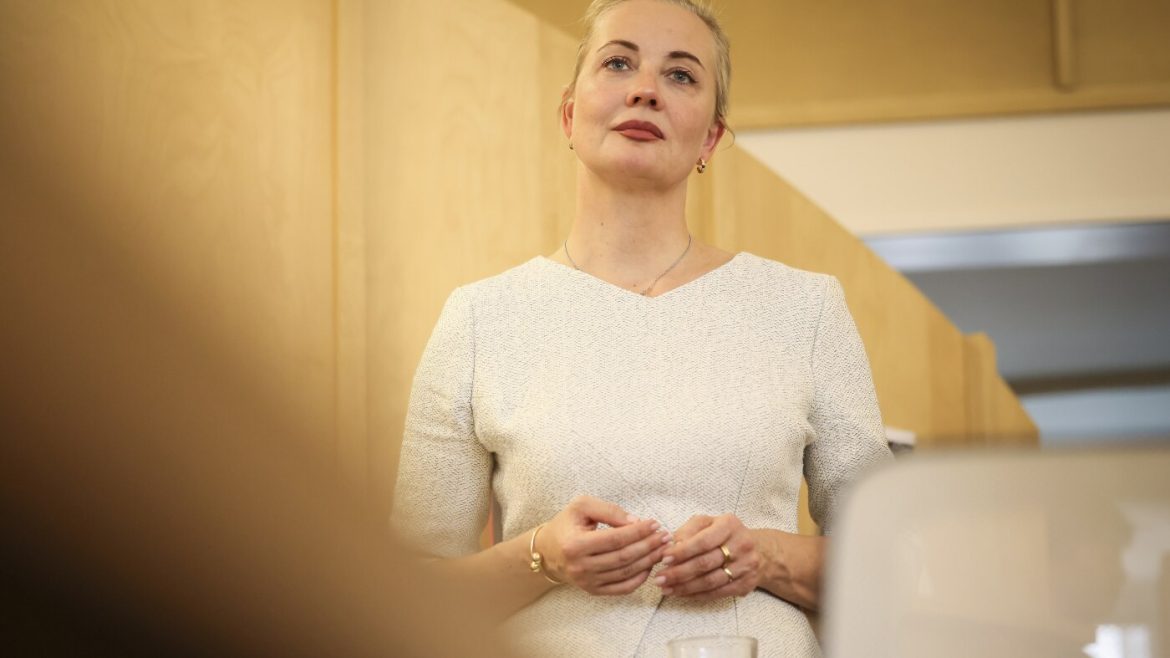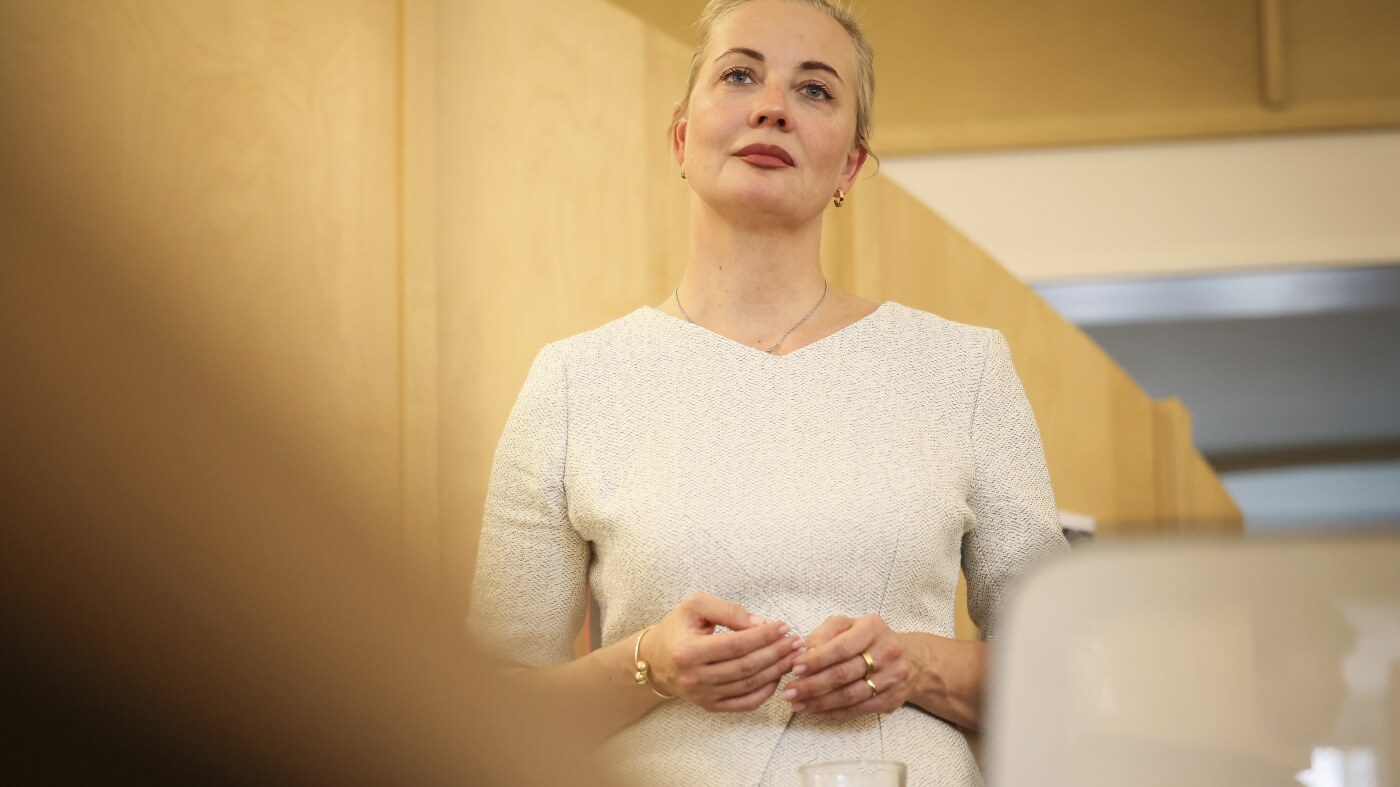Breaking the Silence: Launch of “Russia’s Future” Satellite Channel
In a significant development in the battle against media censorship in Russia, Yulia Navalnaya, widow of the late opposition leader Alexei Navalny, together with Reporters Without Borders (RSF), has launched a new satellite television channel named “Russia’s Future” (Россия Будущего). This initiative aims to preserve Navalny’s legacy and offer an uncensored source of information to millions of Russian households beginning June 4, 2025. The channel broadcasts via the Hotbird satellite, reaching audiences across Europe, the Middle East, and Africa.
—
Context: Fighting Kremlin Censorship
Russia’s state-controlled media environment has long suppressed dissent and restricted coverage of opposition voices, especially those of Alexei Navalny and his team. Navalny’s investigations into corruption within the Russian government garnered widespread attention online but faced heavy censorship on traditional TV. His tragic assassination further silenced a key opposition figure. The launch of “Russia’s Future” represents a strategic countermeasure against this monopoly on information, seeking to bypass Kremlin censorship mechanisms by transmitting content from outside Russia’s controlled airwaves.
This new channel operates as a joint venture between the Anti-Corruption Foundation (FBK), founded by Navalny, and Reporters Without Borders, an NGO dedicated to press freedom worldwide. Their partnership leverages the credibility and logistical support of RSF alongside the inside experience and mission of Navalny’s former team.
—
Objectives and Programming
“Russia’s Future” is positioned as a beacon of free speech and truth amid a media landscape flooded with Kremlin propaganda. Its programming includes:
– Investigative Reports: Continuing the legacy of Navalny’s anti-corruption exposés and political investigations that remain banned or heavily censored within Russia.
– Opposition Voices: Providing a platform for Russian dissidents and activists who are marginalized or silenced in domestic media.
– Political Analysis: Offering nuanced commentary and perspectives on Russian politics, governance, and social issues.
– Documentaries and Interviews: Showcasing narratives about human rights, democracy, and resistance to authoritarianism.
– News Coverage: Independent news to counterbalance official state narratives.
By making these broadcasts free-to-air on the Svoboda satellite platform, “Russia’s Future” seeks to maximize accessibility, circumventing internet restrictions and shutdowns.
—
Impact and Reach
The new channel is expected to be accessible to several million Russian households. It taps into the widespread dissatisfaction with state-controlled media and builds on the internet-based following Navalny cultivated. Although previously barred from Russian TV, Navalny’s videos and campaigns found massive audiences online, signaling the public’s demand for alternative viewpoints.
The partnership with Eutelsat, a French satellite operator, exemplifies a concerted international effort to support independent media in oppressive environments. Broadcasting via Hotbird ensures wide geographic coverage, extending beyond Russia’s borders to Russian-speaking diaspora communities across Europe, the Middle East, and Africa. This broad reach amplifies the potential for fostering informed public discourse and galvanizing political engagement among Russians both inside and outside their homeland.
—
Challenges and Risks
Despite its promising start, “Russia’s Future” confronts significant challenges:
– Russian Government Response: The Kremlin is likely to attempt jamming satellite signals, impose legal restrictions on access to satellite receivers, or charge citizens for tuning in.
– Internet Crackdowns: Given Russia’s history of internet censorship, the channel’s digital presence may face cyber-attacks or shutdowns.
– Safety Concerns for Contributors: Journalists, activists, and contributors affiliated with the channel risk persecution, detention, or worse.
– Information Penetration: While satellite transmission bypasses state media barriers, political and social pressures may still limit viewership or create a chilling effect.
Nevertheless, the move marks a bold step in preserving Navalny’s spirit of defiance and documenting truths that Russian state media obscures.
—
Preserving a Legacy and Empowering Truth
The launch of “Russia’s Future” is more than a media project; it represents a symbolic and practical fight against authoritarian information control. By merging the courage of Yulia Navalnaya and Navalny’s team with the expertise and global reach of Reporters Without Borders, this channel aspires to open windows of truth for millions of Russians choking under censorship.
In doing so, it sustains the memory of a leader who challenged corruption at immense personal cost and ignites hope for a more transparent and democratic future in Russia. “Russia’s Future” signals not just a continuation of a political movement, but a renewed commitment to free speech—even in the face of repression. Its success will depend on resilience, international support, and the willingness of Russian citizens to embrace unfiltered narratives that empower critical thought and change.
—
This satellite initiative exemplifies how technology, courage, and international solidarity can forge paths to truth where radio waves and cables are shackled by state control. For many Russians yearning to hear an unvarnished story about their nation’s present and possibilities, “Russia’s Future” offers a vital lifeline.


